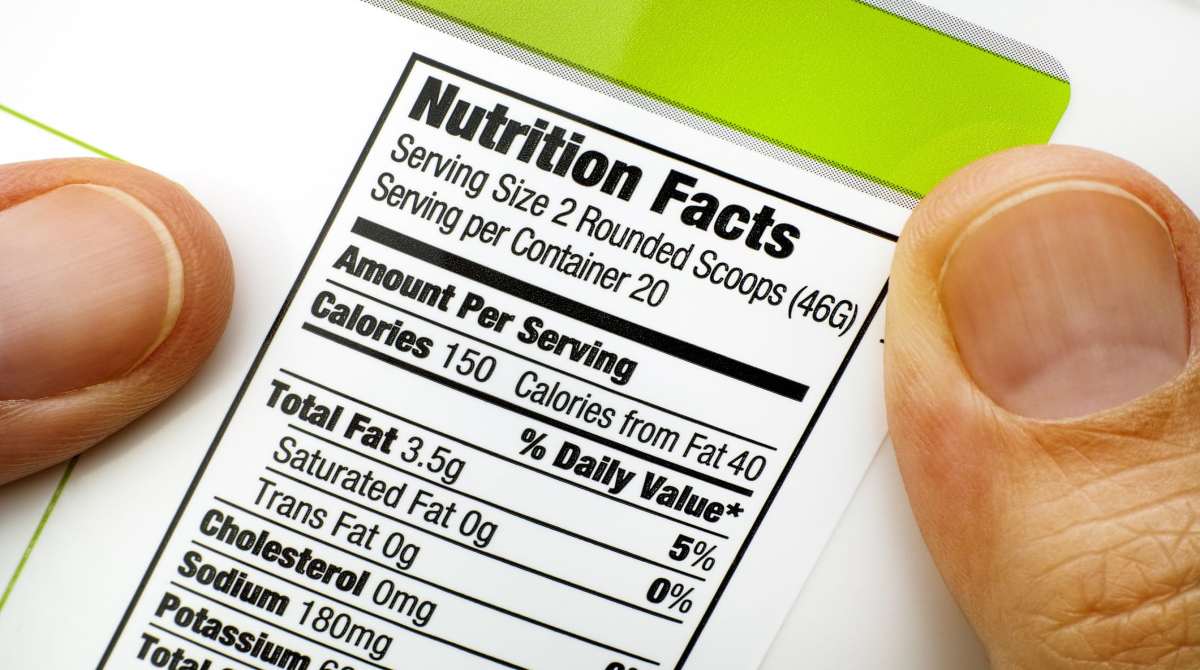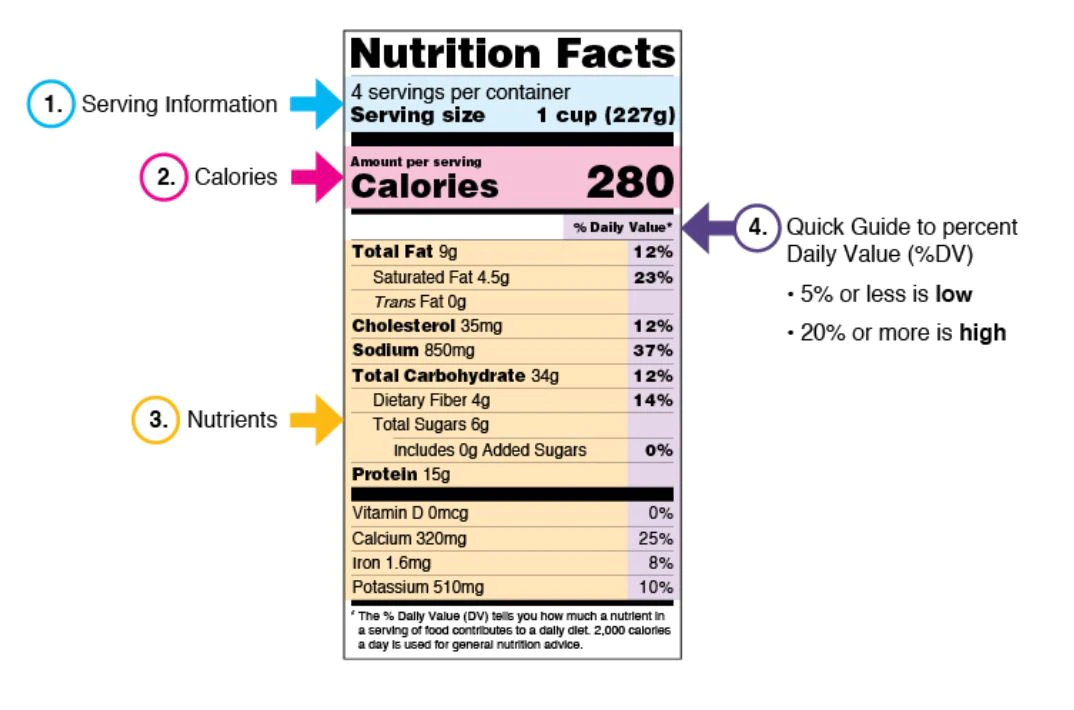How To Understand Serving Size On A Food Label?
July 20, 2022

Food Labelling includes any written, printed or graphic matter that is present on the label, accompanies the food or is displayed near the food, including that for the purpose of promoting its sale or disposal. One of the important components of a food label is the Serving Size of the product that is mentioned on the Nutrition Information Panel, which is now mandated as per the new regulations by the Food Safety Standards Authority of India (FSSAI).
What is a Serving Size?
‘Serving or serve size’ is an amount of food that is customarily consumed by people in one sitting. It is generally an amount mentioned as per household measurements such as cup, tablespoon, piece, slice, or jar, followed by the metric amount, i.e. the number of grams (g). The serving size section usually also mentions the number of servings per packet or container.
The mention of the serving size enables consumers to easily compare similar foods and understand how much of the food they should consume at one time.
E.g. One packet contains 1000 g of product but the serving size indicated is 1 cup i.e.227g so accordingly the packet contains approximately 4 servings.

Why should Serving Size be declared on Food Labels?
The nutrition value of food products can be compared directly if serving sizes are similar. Two or more products of a similar nature can be compared for their nutritional value and health claims and empower consumers to choose the healthier option.
Serving sizes helps consumers understand portion control so that they are aware of how much of the food should be eaten at one time. This controls the intake of nutrients like saturated fat, added sugar, trans fat, sodium, etc. But please note, that all serving sizes are not equivalent to recommended portion sizes.
How to read Nutrition Information as per Serving Size?
Nutrition labels typically display data as per 100g for standardization, as mandated by regulations. But according to newer labelling regulations, it is suggested to have serving sizes mentioned on the label, to simplify nutrition information for the consumers. Consumers will not need to convert information from net weight or 100 g to calculate how much nutrition they get from one serving of food.
Eg. 1 cup i.e. 227g gives 280 calories, 9g of total fat, 34g of carbohydrates and 15 of protein but when data is displayed as per 100g they will have to convert values as per serving size which can get slightly complicated for a consumer.
Here are a few other things about serving sizes to keep in mind
The serving size is not a recommendation of how much to eat or drink.
One package of food may contain more than one serving.
Besides the nutrition values in grams, the nutritional information is also given in % Daily values which tells one how much nutrient in a serving contributes to a daily diet of 2000 calories, as general nutrition advice.
Serving size serves as a good communication tool for understanding nutrition data and controlling portion sizes, if understood and used wisely.
Get Regulatory Compliant Food Labels in under 5 Minutes!
References:
A Closer Look at Serving Size in Nutrition Label, 2010. Centre for Food Safety. Food and Environmental Hygiene Department. https://www.cfs.gov.hk/english/programme/programme_nifl/programme_nifl_Joint_Feature_Articles_03_A_Closer_Look_at_Serving_Size_in_NL
How to Understand and Use the Nutrition Facts Label, 2020. U.S. Food and Drug Administration. https://www.fda.gov/food/new-nutrition-facts-label/how-understand-and-use-nutrition-facts-label#top
Serving Size on the New Nutrition Facts Label, 2020. U.S. Food and Drug Administration. https://www.fda.gov/food/new-nutrition-facts-label/serving-size-new-nutrition-facts-label

Rashida Vapiwala (Founder at LabelBlind®, Food Label Specialist, Ph.D (Food Science and Nutrition))
Rashida is passionate about solving problems for the food industry using technology. She loves creating tech-led solutions in the space of Nutrition.
